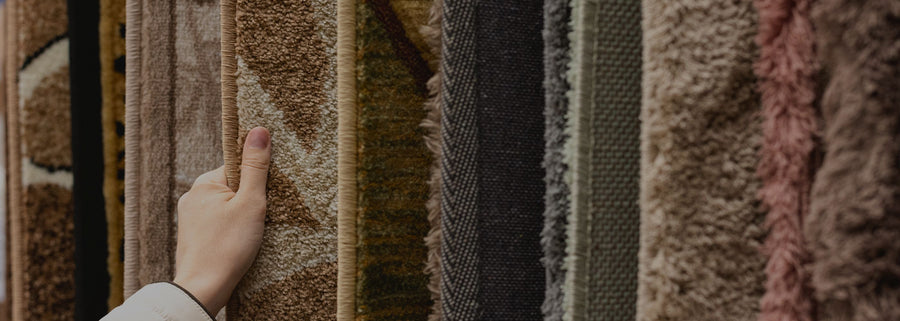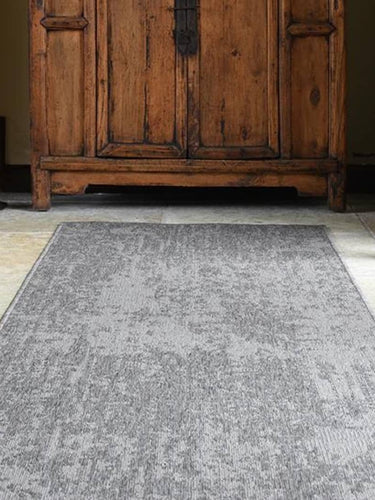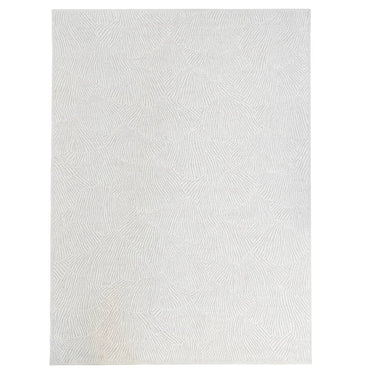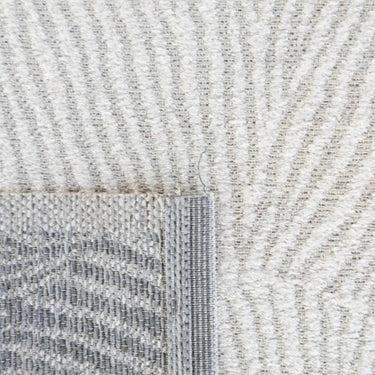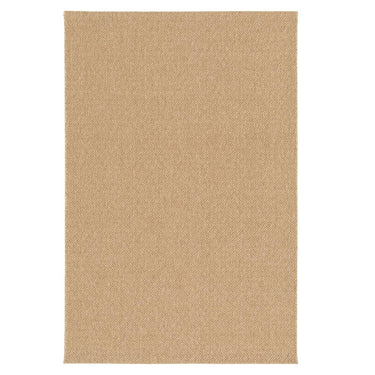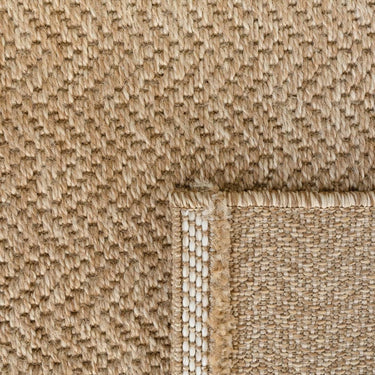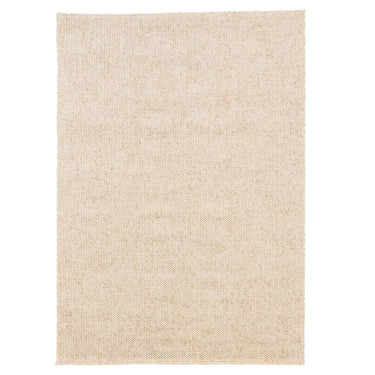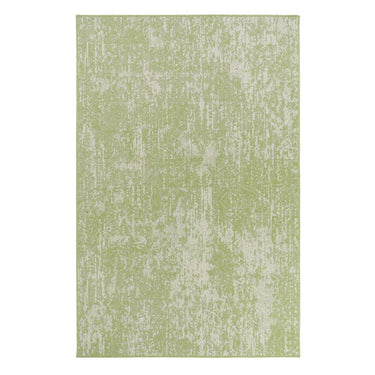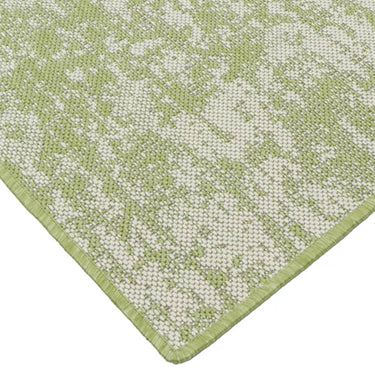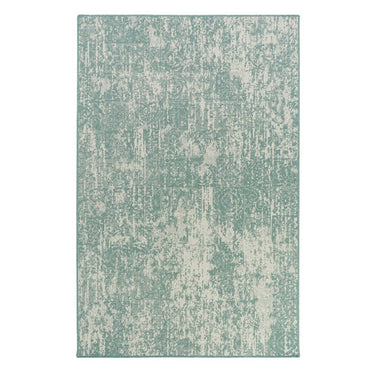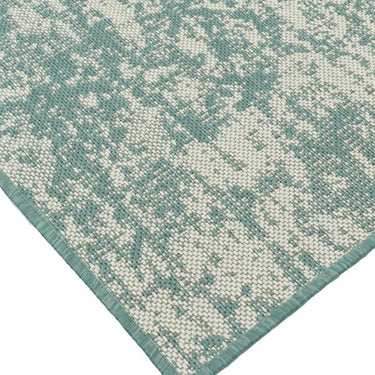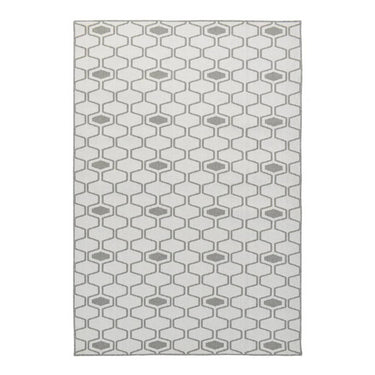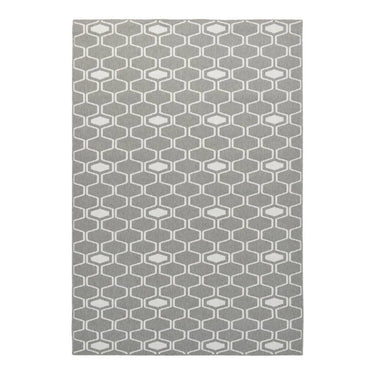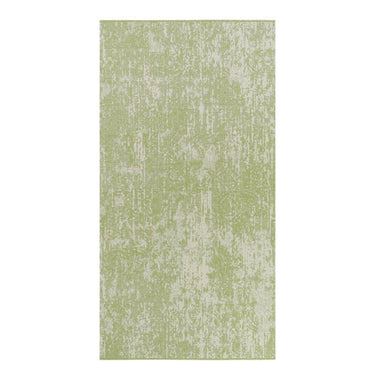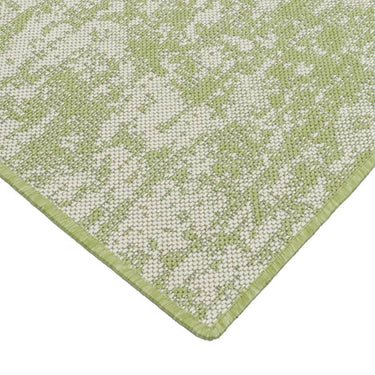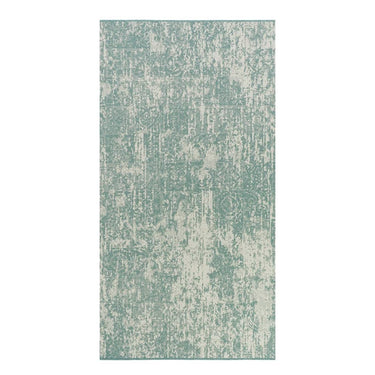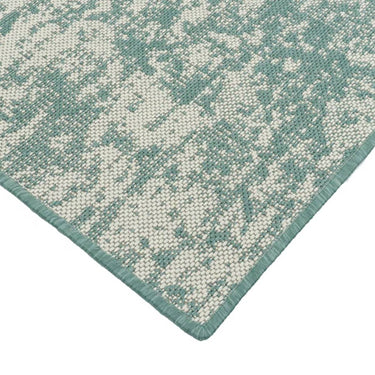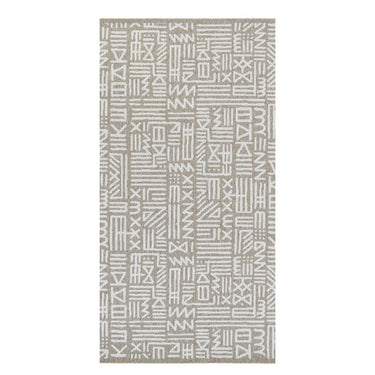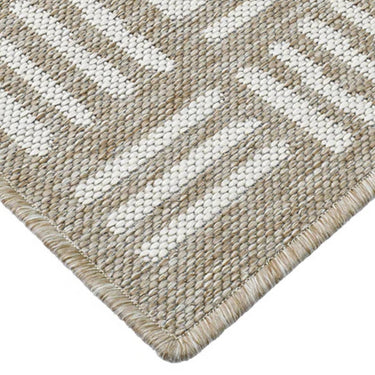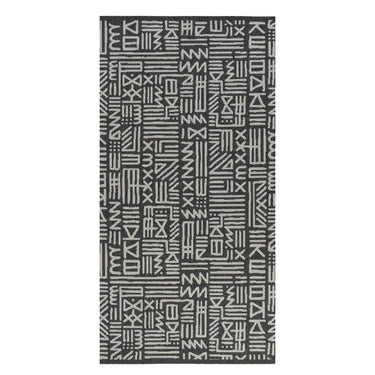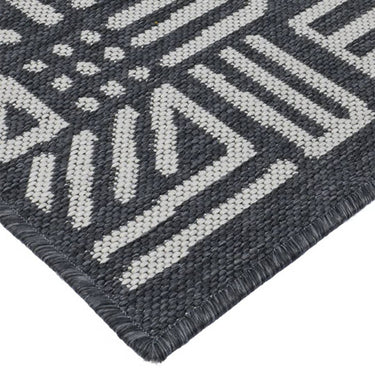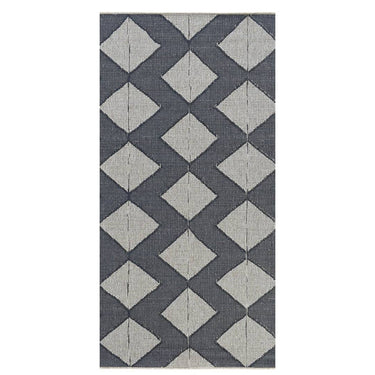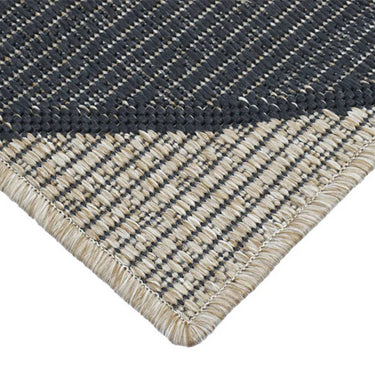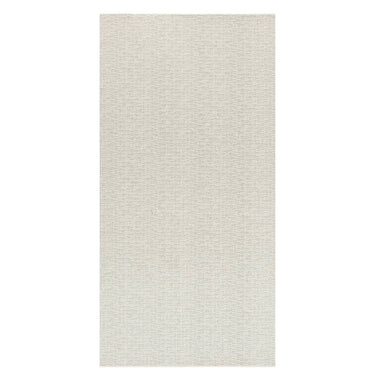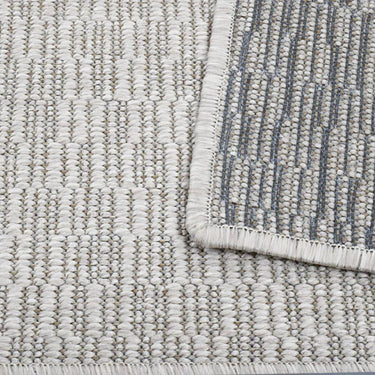Find Your Fit
The right rug size helps balance the room's proportions, anchor furniture arrangements, and add warmth and texture to your decor. A rug that is too small can make the room feel disconnected, while a rug that is too large can overwhelm the space. Use our rug size guide to find the ideal fit for your living room, dining room, or bedroom, and enjoy the luxury of a perfectly sized, plush rug underfoot.
Living Room
Your living room is one of the most high-traffic, high-visibility areas in your home. Whether you're hosting guests or relaxing with family, the rug you choose sets the tone for the entire space. That’s why it’s worth picking a rug you truly love, both in look and feel. Top Rug Picks: Indoor/Outdoor, low-pile rug made from sturdy materials such as wool or jute.
Standard Sizes: 240x330 | 280x400| 300x400 for smaller spaces try 160x230
Placement:
When shopping for a living room rug, standard sizes like 240x330 cm, 280x400 cm, or 300x400 cm are excellent for creating a cohesive, grounded look. These sizes are ideal for medium to large spaces, especially when you want to anchor your seating area by placing the front two legs of sofas or chairs on the rug. This not only keeps furniture from shifting but also ties the room together visually.
For small living rooms or compact lounges, a 160x230 cm rug is a great option. It’s just the right size to fit under a coffee table or serve as a visual anchor without overwhelming the room. In tight spaces, you can choose to place only the coffee table on the rug, allowing for a more flexible layout.

Bedroom
Focus on comfort in calming, natural hues for the bedroom. Top Rug Picks: Thick Shag Blend, Hand-Tufted or Synthetic Blends.

Standard Sizes: Double (160x230) |Queen (240x330) | King (280x400)
Placement: No matter the size of a bed, ensure that the size of the rug extends about 55cm around all sides as a frame anchoring the bed. Start laying the rug in front of your nightstands or a third of the way down from your headboard.
Dining Room
When it comes to selecting a rug for your dining area, it’s all about framing your dining table and chairs while adding comfort and character to the space. But not all rugs are created equal so its best to avoid high-pile rugs, which tend to trap crumbs and catch chair legs. They can be tricky to clean and awkward for guests to move their chairs on. Top Rug Picks: Hand-knotted wool, Jute, Flatweave or Synthetic Blends.
Standard Sizes: 240x330 | 280x400
How to Properly Size a Rug for Your Dining Table
When choosing a rug for your dining room, make sure the rug is at least 60 cm larger than your dining table on all sides. This allows chairs to stay on the rug even when pulled out, preventing that annoying wobble when stepping off the rug mid-meal. This approach works perfectly whether you're styling a 4-seater, 6-seater, or 8-seater dining table. A 200x300 cm rug, for example, is ideal for most standard dining setups.


Entryway & Kitchen Rugs
Top Rug Picks: Indoor/Outdoor, Vintage, Hand-Knotted, or Handwoven Wool

High-traffic areas like entryways, hallways, and kitchens need resilient rugs or runners that can handle daily foot traffic and spills. In long, narrow kitchens, an 80cmx150cm runner can visually expand the space.
For spacious kitchens without an island, a larger 160cmx230cm rug placed centrally can enhance the room’s layout and style.
Rug Buying Made Easy: Choose, Care, and Style with Confidence
What should I consider when buying a rug?
When buying a rug, start by considering the size of your space and the colour scheme. Your rug should fit the room properly and complement the overall aesthetic. It should fit under most furniture or be large enough to define the space.
For high-traffic areas like living rooms or hallways, choose a durable rug that can handle all those comings and goings. That's where material and pile height come into play. Low-pile rugs are ideal for busy spaces because they’re easy to clean and less likely to show wear. For durability, look for materials like wool, jute, or synthetic blends if you have kids or pets.
What rug style should I consider?
For a natural, earthy look, choose neutral tones and eco-friendly rug materials like jute and sisal.
To make a bold statement, choose rugs with geometric patterns or modern designs. For effortless style, vintage or distressed rugs can add character and charm to any room.
How often should I rotate my rug?
To keep your rug looking fresh and new, it’s recommended to rotate your rug every 6-12 months. This simple trick helps distribute foot traffic evenly, preventing uneven wear and tear, especially in high-traffic areas like the living room or bedroom.
How do I mix and match rugs in an open floor plan?
In an open floor plan, matching rugs involves choosing designs that complement each other while highlighting individual areas. Aim for a cohesive colour palette or common theme to create harmony across the space. Select different rug patterns and styles that work together, allowing each rug to add its unique personality while maintaining overall balance.
How to keep my rug in top shape?
To keep your area rugs in top shape, start with regular vacuuming to prevent dust and dirt buildup. Address spills immediately by spot cleaning with a mild detergent and water to avoid permanent stains. For a thorough clean, always follow the manufacturer's recommendations for best results.
Read More
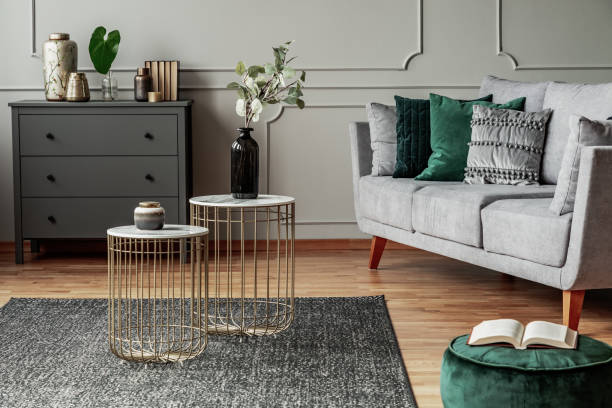
Styling with Rugs and Defining Areas with the Right Rug Size
A guide to choosing the right size, material, and construction for your space.







